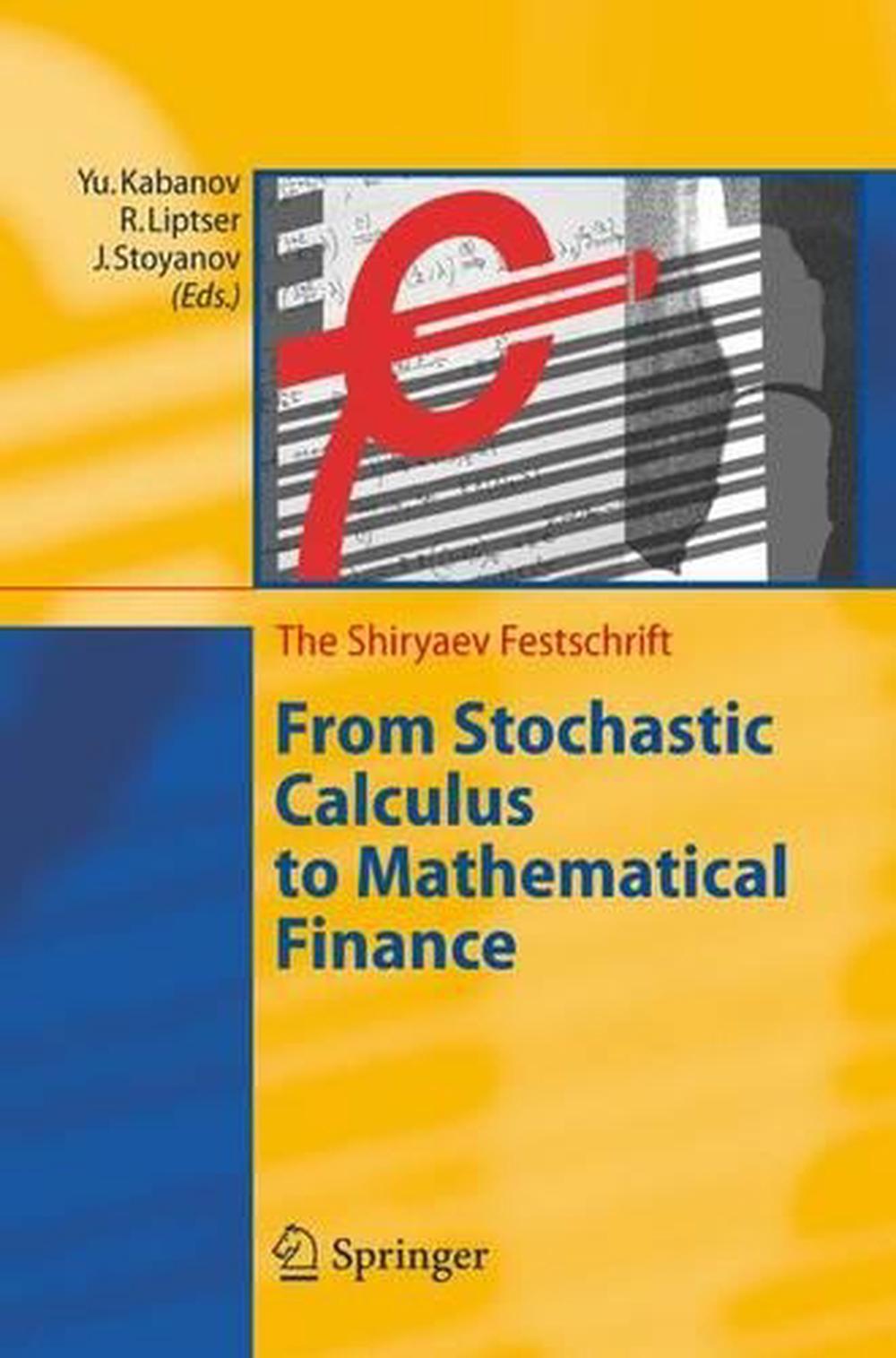
Risk-neutral probability Q " used in derivatives pricing. One of the main differences is that they use different probabilities such as the risk-neutral probability (or arbitrage-pricing probability), denoted by "Q", and the actual (or actuarial) probability, denoted by "P".ĭerivatives pricing: the Q world The Q world Goal There are two separate branches of finance that require advanced quantitative techniques: derivatives pricing, and risk and portfolio management. Today many universities offer degree and research programs in mathematical finance. The fundamental theorem of arbitrage-free pricing is one of the key theorems in mathematical finance, while the Black–Scholes equation and formula are amongst the key results. See: Valuation of options Financial modeling Asset pricing. While trained economists use complex economic models that are built on observed empirical relationships, in contrast, mathematical finance analysis will derive and extend the mathematical or numerical models without necessarily establishing a link to financial theory, taking observed market prices as input. The subject has a close relationship with the discipline of financial economics, which is concerned with much of the underlying theory that is involved in financial mathematics. Mathematical investing originated from the research of mathematician Edward Thorp who used statistical methods to first invent card counting in blackjack and then applied its principles to modern systematic investing. But mathematical finance emerged as a discipline in the 1970s, following the work of Fischer Black, Myron Scholes and Robert Merton on option pricing theory. The latter focuses on applications and modeling, often by help of stochastic asset models, while the former focuses, in addition to analysis, on building tools of implementation for the models.Īlso related is quantitative investing, which relies on statistical and numerical models (and lately machine learning) as opposed to traditional fundamental analysis when managing portfolios.įrench mathematician Louis Bachelier's doctoral thesis, defended in 1900, is considered the first scholarly work on mathematical finance. Mathematical finance overlaps heavily with the fields of computational finance and financial engineering. In general, there exist two separate branches of finance that require advanced quantitative techniques: derivatives pricing on the one hand, and risk and portfolio management on the other. Mathematical finance, also known as quantitative finance and financial mathematics, is a field of applied mathematics, concerned with mathematical modeling of financial markets.


Application of mathematical and statistical methods in finance


 0 kommentar(er)
0 kommentar(er)
